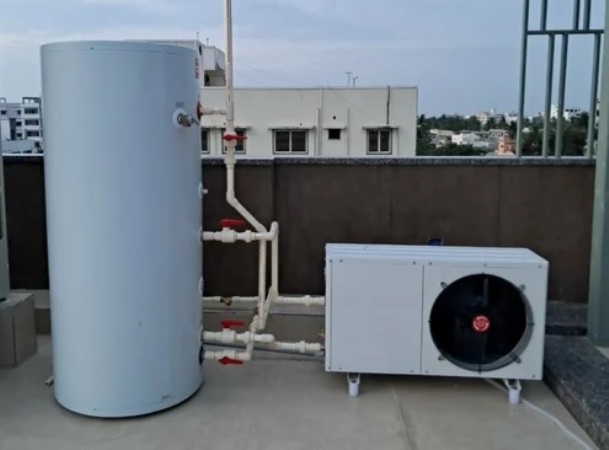
The global market for rheumatoid arthritis treatments is expected to grow at a CAGR of...
Learn More
Our consulting solutions address company specific challenges with respect to micro environment...
Learn More
Organizations frequently need day-today research guidancein order to gain strategic...
Learn More
Exploring different areas of market research and market analysis is a key factor...
Learn MoreAcute Market Reports presents the most extensive global business research services across industries. Our research studies focus on potential outcomes, benefits, and risks associated with each market segment across geographies. Having served our global clients for more than 10 years, our prime priority is to enable our clients in making well-informed business decisions through a data-driven, analytical, and uncomplicated research approach.
We provide access to the world's most comprehensive, analytical, and updated business intelligence services and solutions.




The market size for air-to-water heat pumps market is anticipated to expand at a CAGR of over 15% during the forecast period of 2025 to 2033. Notable public and private institutions have exerted considerable effort to improve the global operational p...
Read More
The regenerative agriculture market has experienced significant growth in recent years, driven by the increasing demand for sustainable agricultural practices and the growing awareness of environmental conservation. Regenerative agriculture focuses o...
Read More
The respiratory disease vaccine market is expected to witness a CAGR of 1.25% during the forecast period of 2025 to 2033, driven by the increasing prevalence of respiratory diseases and the need for effective preventive measures. Respiratory diseases...
Read More




